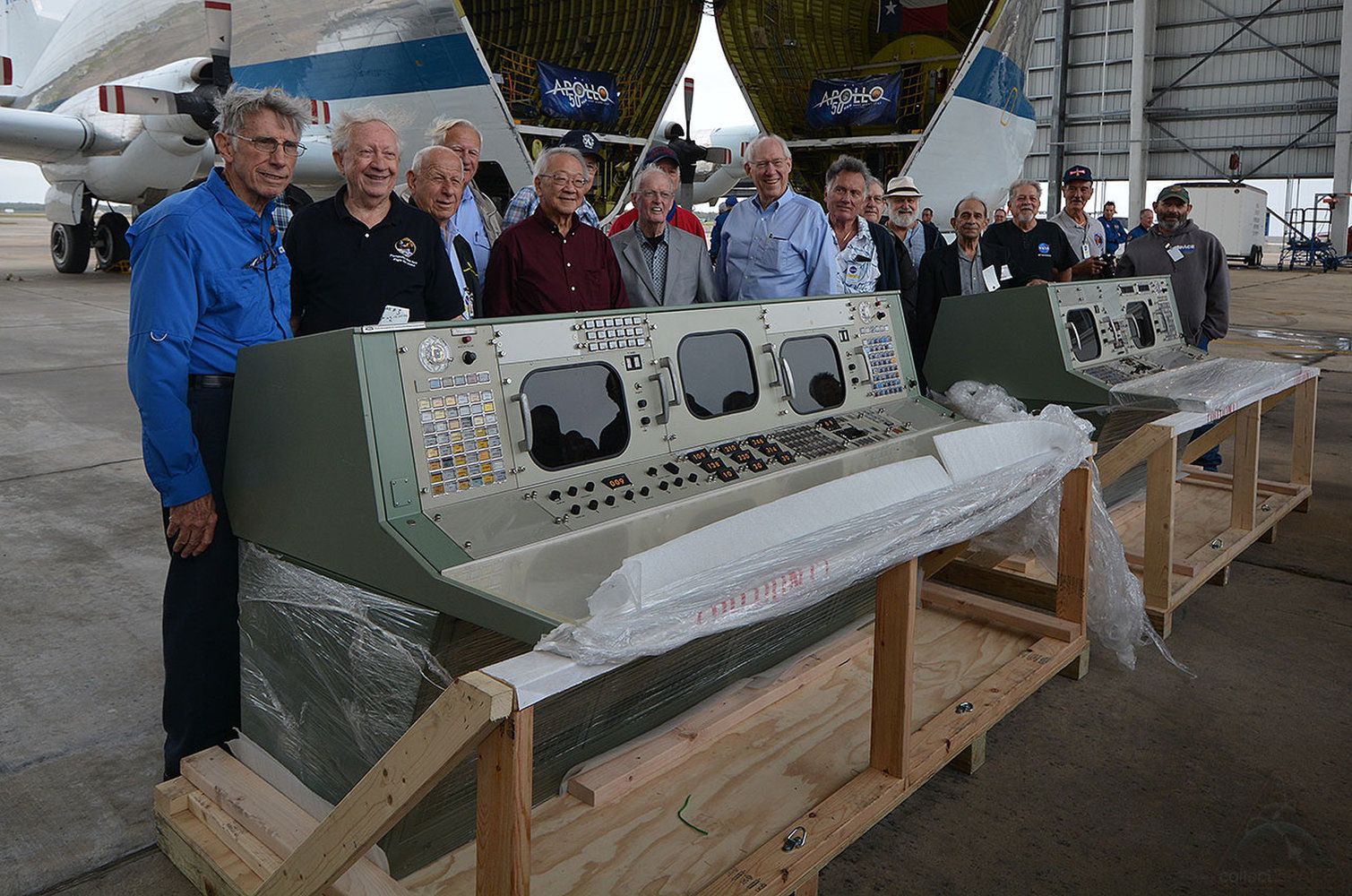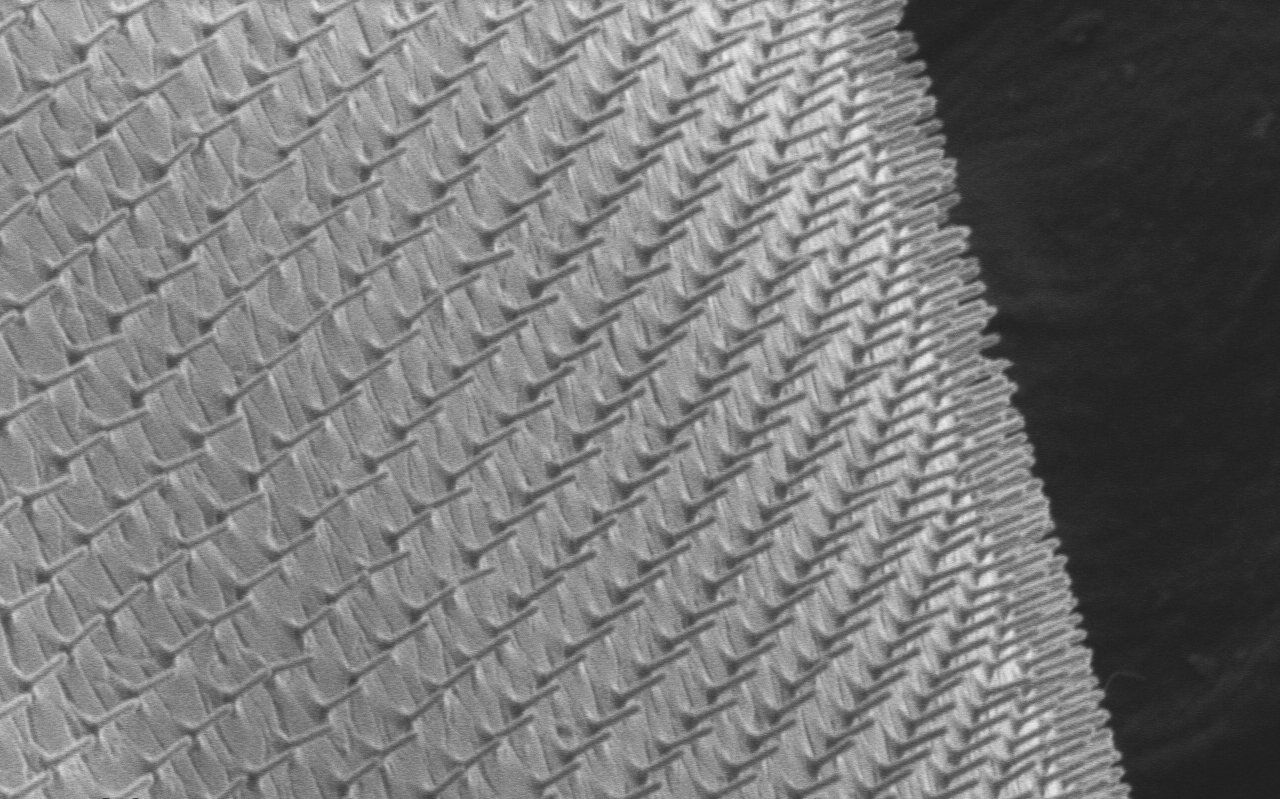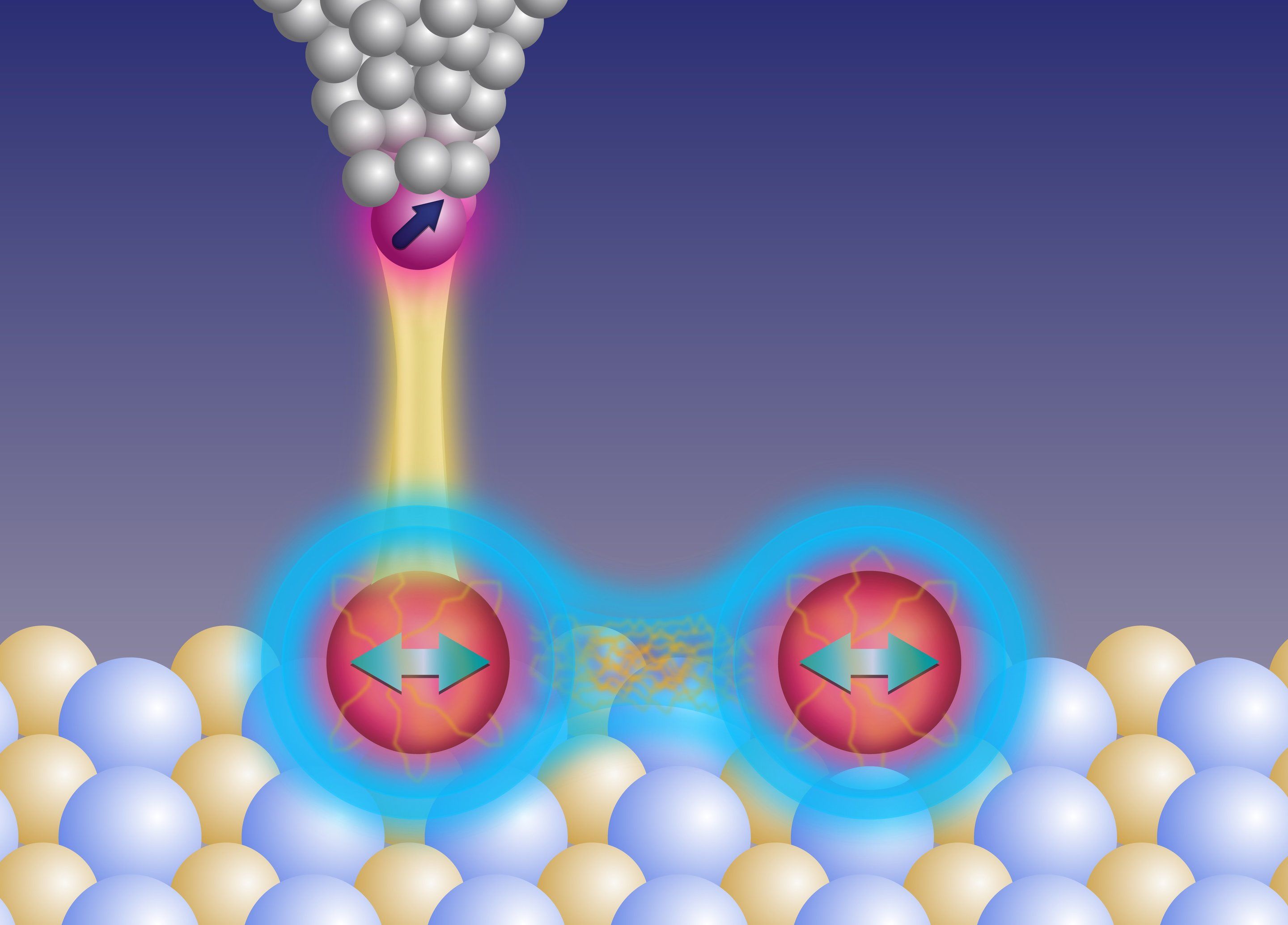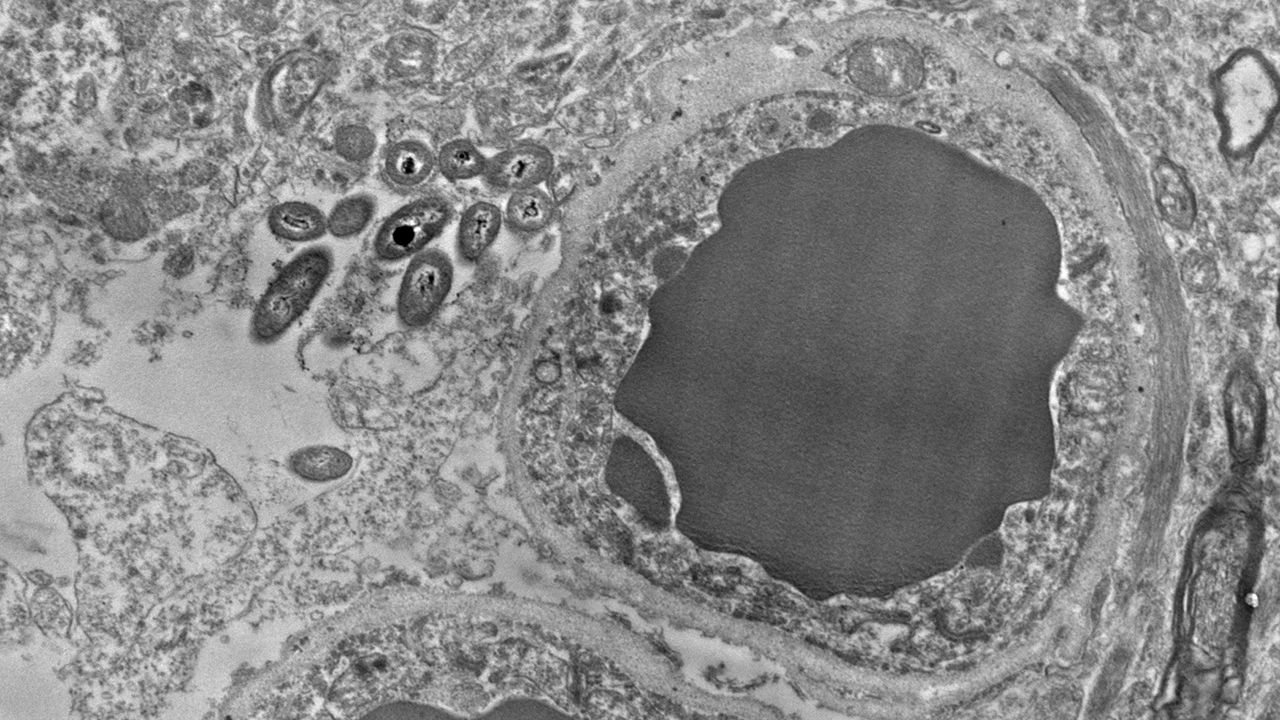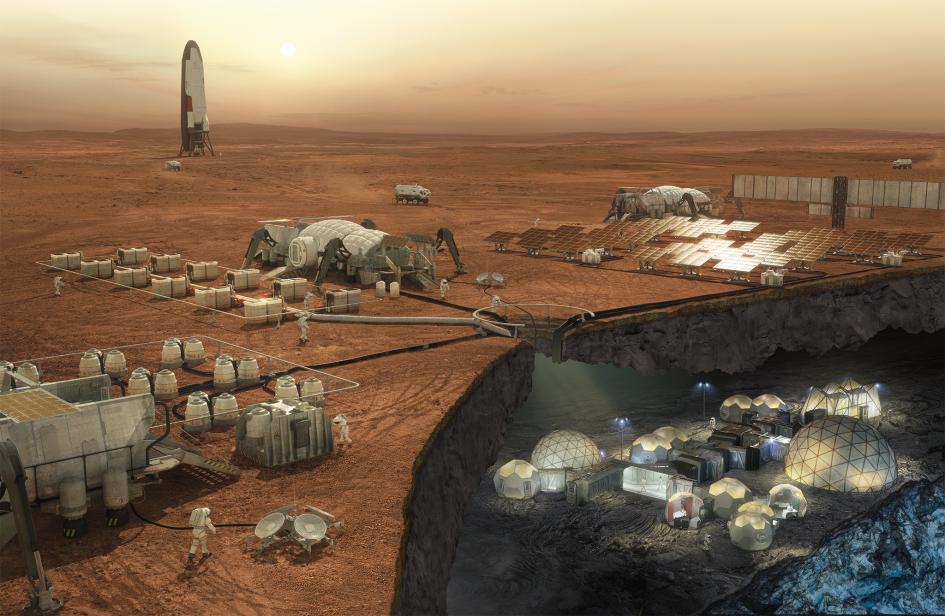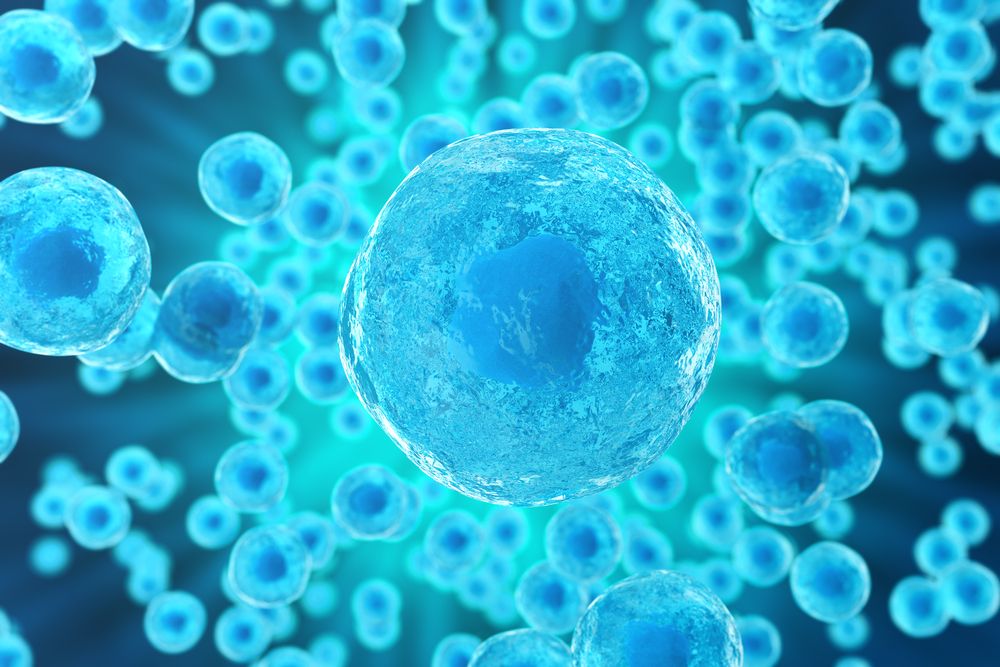Page 9156
Nov 9, 2018
Four base units of measure in the metric system about to be changed
Posted by Saúl Morales Rodriguéz in category: futurism
Officials with the General Conference on Weights and Measures (CGPM) have announced that at a meeting to be held next week, four of the base units used in the metric system will be redefined. The four units under review are the ampere, kilogram, mole and kelvin.
Currently, the kilogram is officially defined as the mass of a cylinder made of a platinum-iridium alloy housed in a bell jar in France—it has been removed from its protected spot every 40 years to serve as a calibration tool for other weights. But according to officials with CGPM, its days are numbered. This is because the 60 member nations that make up the body will be voting to change to a system in which the kilogram will be defined indirectly—by using the Planck constant.
The tool used to provide the new base unit is the Kibble balance—a very complex piece of equipment that first measures the amount of electric current necessary to create an electromagnetic force that is equal to a force acting on a given mass. It is during the second stage that the Plank constant comes into play. The reason for the changeover is to reference a more stable basis of measurement and to allow for the development of more precise measuring devices. Several metrologists involved in bringing the changes to a vote have acknowledged that most people will neither understand the changes that have taken place, nor notice that a change has occurred.
Nov 9, 2018
New flexible, transparent, wearable biopatch, improves cellular observation, drug delivery
Posted by Saúl Morales Rodriguéz in categories: biotech/medical, engineering, wearables
Purdue University researchers have developed a new flexible and translucent base for silicon nanoneedle patches to deliver exact doses of biomolecules directly into cells and expand observational opportunities.
“This means that eight or nine silicon nanoneedles can be injected into a single cell without significantly damaging a cell. So we can use these nanoneedles to deliver biomolecules into cells or even tissues with minimal invasiveness,” said Chi Hwan Lee, an assistant professor in Purdue University’s Weldon School of Biomedical Engineering and School of Mechanical Engineering.
A surgeon performs surgery on the back of a hand of a patient who has melanoma. Purdue researchers are developing a new flexible and translucent base for silicon patches to deliver exact doses of biomolecules directly into cells and expand observational opportunities. The researchers say skin cancer could be one of the applications for the patches.
Nov 9, 2018
‘Siri, I’m getting pulled over’: A new shortcut for iPhones can automatically record the police
Posted by Mary Jain in categories: mobile phones, robotics/AI
Anarchy AI ✌️😆
There’s a big new feature for iPhone experts this year: It’s an app called Shortcuts, and with a little bit of logic and know-how, you can stitch together several apps and create a script that can be activated by pressing a button or using Siri.
Some early uses are predictable, like saving Instagram photos, sharing the song you’re listening to, or creating a morning routine that activates your lights and plays a song.
Nov 9, 2018
A two-atom quantum duet
Posted by Saúl Morales Rodriguéz in categories: nanotechnology, particle physics, quantum physics
Researchers at the Center for Quantum Nanoscience (QNS) within the Institute for Basic Science (IBS) achieved a major breakthrough in shielding the quantum properties of single atoms on a surface. The scientists used the magnetism of single atoms, known as spin, as a basic building block for quantum information processing. The researchers could show that by packing two atoms closely together they could protect their fragile quantum properties much better than for just one atom.
The spin is a fundamental quantum mechanical object and governs magnetic properties of materials. In a classical picture, the spin often can be considered like the needle of a compass. The north or south poles of the needle, for example, can represent spin up or down. However, according to the laws of quantum mechanics, the spin can also point in both directions at the same time. This superposition state is very fragile since the interaction of the spin with the local environment causes dephasing of the superposition. Understanding the dephasing mechanism and enhancing the quantum coherence are one of the key ingredients toward spin-based quantum information processing.
In this study, published in the journal Science Advances in November 9, 2018, QNS scientists tried to suppress the decoherence of single atoms by assembling them closely together. The spins, for which they used single titanium atoms, were studied by using a sharp metal tip of a scanning tunneling microscope and the atoms’ spin states were detected using electron spin resonance. The researchers found that by bringing the atoms very close together (1 million times closer than a millimeter), they could protect the superposition states of these two magnetically coupled atoms 20 times longer compared to an individual atom.
Nov 9, 2018
Do gut bacteria make a second home in our brains?
Posted by Xavier Rosseel in category: neuroscience
Nov 9, 2018
We need to change the way we talk about space exploration
Posted by Klaus Baldauf in categories: space travel, sustainability
Building a sustainable human presence on other worlds should be open to all. Comparing the journey to violent conquest doesn’t help.
Nov 9, 2018
Plasma NAD+ Levels Decline Significantly with Age
Posted by Steve Hill in category: life extension
Today, we want to highlight a recent, small-scale study looking at NAD+ and how it declines with age in the plasma.
The researchers looked at various NAD+ metabolites across age groups and found that the amounts of some of them, particularly NAD+ itself, are significantly smaller in older people than younger ones [1]. This is likely due to an age-related imbalance between the cellular machinery that consumes NAD+ and the machinery that produces it, and this imbalance leads to the lower levels observed. However, it remains unclear if the resulting decline of NAD+ is due to an increase in consumption or a decrease of production.
Other factors may also serve to reduce the amount of NAD+ in plasma, such as inflammatory signaling molecules and oxidative damage to the NAD+ molecules. The researchers also discuss the role of CD38, a major reason why NAD+ declines as we get older and how inhibiting it may be a potential way to boost NAD+.
Continue reading “Plasma NAD+ Levels Decline Significantly with Age” »
